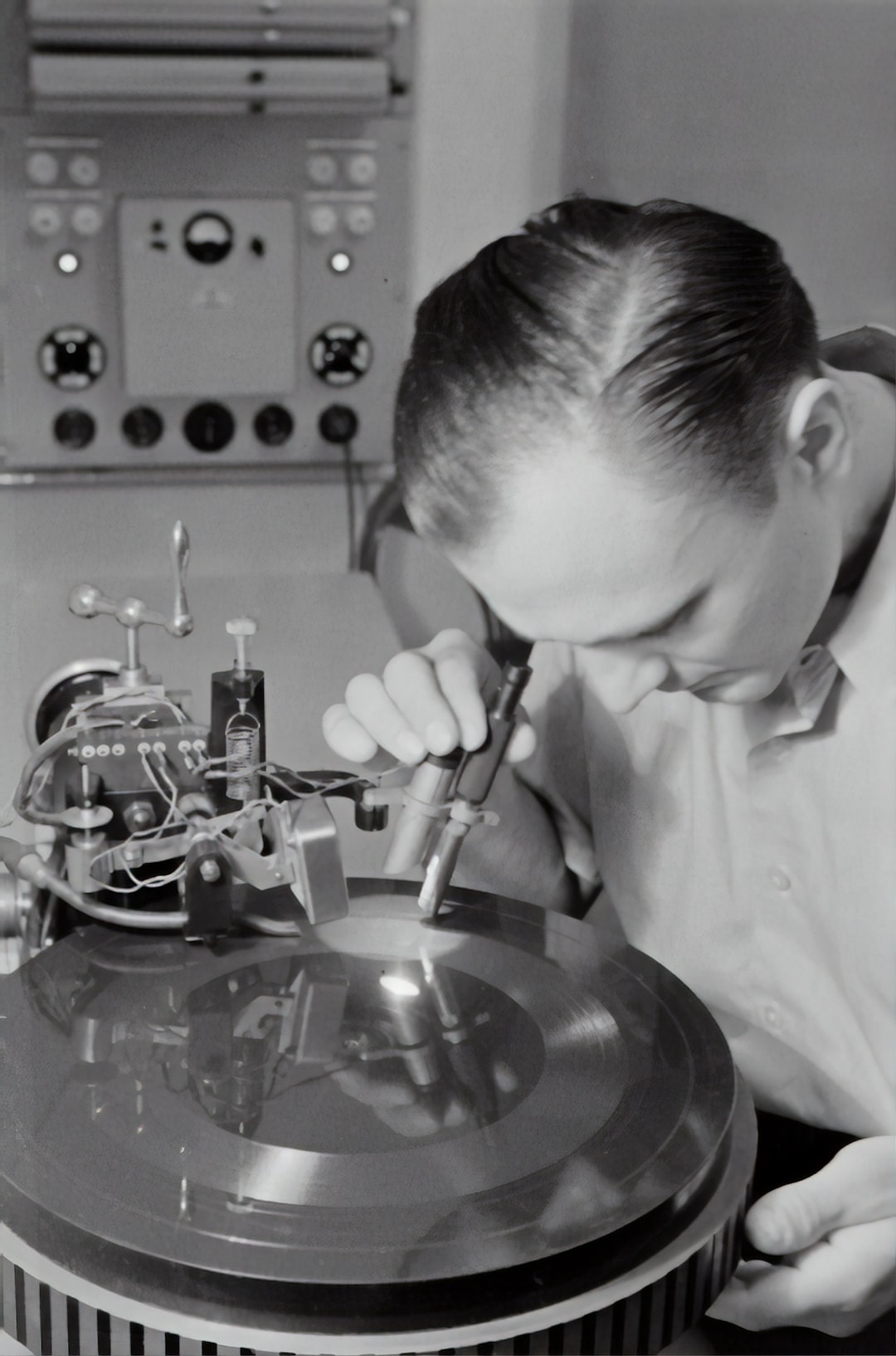Exploring the Potential of Virtual Reality in Production Training
The digital age has revolutionized the way we learn and work. With the advent of virtual reality (VR), industries worldwide are now leveraging this disruptive technology to enhance training and development. VR has found applications in a wide range of sectors, from gaming and entertainment to healthcare and engineering. One area that holds immense potential for VR is production training. In this blog post, we will explore the benefits and the future potential that virtual reality brings to production training.
Firstly, let us understand what production training entails. In manufacturing and industrial sectors, production training is crucial for employees to learn the necessary skills and knowledge to operate complex machinery, adhere to safety protocols, and streamline production processes. Traditionally, this training has involved classroom sessions and practical exercises on real machines. However, this approach poses limitations, such as limited access to expensive equipment, potential safety risks, and the need for physical space and resources. This is where virtual reality steps in as a game-changer.
Virtual reality brings a new dimension to production training by creating realistic and immersive environments that closely resemble real-world scenarios. Through VR headsets and motion controllers, trainees can interact with computer-generated models of machinery, tools, and equipment. This provides them with a hands-on experience without the risks associated with real machines. By simulating complex workflows, trainees can practice operating machinery, troubleshoot problems, and develop critical problem-solving skills in a safe and controlled environment.
One of the key advantages of VR in production training is its ability to provide repetitive and consistent training experiences. Traditional training methods often lack consistency due to instructors’ availability, varying skill levels of trainers, and distractions in real-world training environments. With VR, trainees can repeat training modules as many times as needed, ensuring consistent instruction and practice. This repetition helps in reinforcing learning and improving retention, leading to better knowledge acquisition and enhanced skill development.
Another significant advantage of VR in production training is cost-effectiveness. Acquiring real machinery for hands-on training can be expensive, especially for small and medium-sized businesses. Moreover, the risks associated with inexperienced trainees operating expensive equipment can be concerning. By using VR, organizations can reduce costs by eliminating the need to purchase physical equipment. Additionally, mistakes made by trainees in virtual environments do not come with the high price tag of potential damages in the real world. It also frees up physical space required for training, making it a scalable solution to train a large number of employees simultaneously.
Aside from cost savings, VR in production training delivers time efficiency. Traditional training often involves waiting for machinery or operational downtime, which can delay the training schedule. VR eliminates such waiting time by providing instant access to virtual machines, making training more efficient. Additionally, trainees can learn at their own pace, without the pressure of keeping up with a class or trainer, further enhancing the learning experience.
Looking ahead, the potential of VR in production training seems boundless. As technology evolves, VR experiences will become more realistic and sophisticated, providing trainees with an even closer approximation of real-world scenarios. Imagine the ability to conduct comprehensive safety training by simulating hazardous situations without the actual dangers involved. This can significantly reduce the risks associated with on-the-job training and improve safety protocols across industries.
Furthermore, as the Internet of Things (IoT) continues to advance, VR can be integrated with real-time data from machinery, enabling trainees to monitor and interact with machines in real-time. This level of interconnectivity can revolutionize training by providing trainees with valuable insights and analytics, allowing them to make informed decisions and optimize production processes.
In conclusion, virtual reality holds immense potential for production training. By offering a safe, scalable, and immersive learning environment, VR can significantly enhance the skills and knowledge of employees in the manufacturing and industrial sectors. From cost savings to time efficiency, the benefits of VR in production training are already evident. As technology continues to progress, we can expect VR to play an increasingly vital role in shaping the future of training and development in the production industry.


